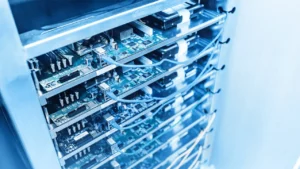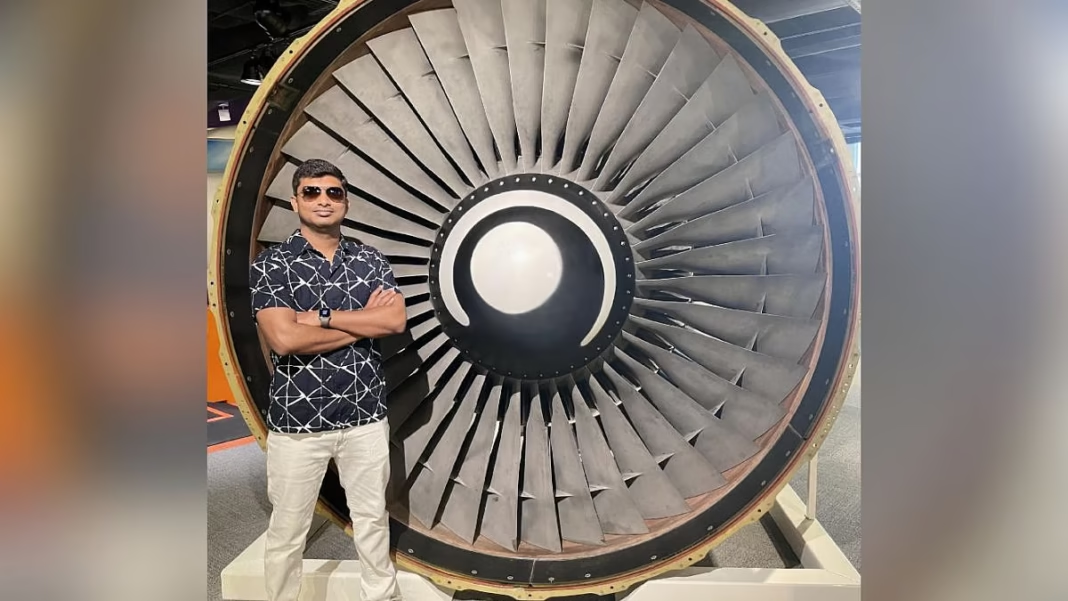In the rapidly evolving technological landscape, the concept of data center cooling is emerging as a revolutionary approach that is fundamentally altering how contemporary data centers handle heat dissipation.
As artificial intelligence (AI) and machine learning (ML) continue to expand the limits of computing, traditional cooling techniques are increasingly inadequate.
This inadequacy raises significant concerns regarding energy usage, equipment durability, and operational effectiveness.
The Escalating Demand for Data Center Cooling Solutions
As workloads driven by AI and ML surge, data centers encounter an extraordinary challenge in managing the substantial heat produced by high-performance components such as GPUs and TPUs.
Standard cooling techniques often fail to deliver the necessary efficiency, resulting in elevated power consumption and a higher incidence of hardware malfunctions.
Tackling this challenge necessitates a novel approach that integrates various disciplines, particularly the principles of aerospace engineering.
The Contribution of Aerospace Engineering to Data Center Cooling Systems
Aerospace engineering, particularly the fields of aerodynamics and fluid dynamics, is emerging as a viable solution for enhancing airflow within data centers.
These principles, originally developed for optimizing aircraft performance, are now being adapted for use in server environments to improve cooling efficiency.
By optimizing airflow patterns and reducing hotspots, data centers can achieve significant reductions in energy consumption while simultaneously enhancing overall reliability.
Anil Kumar Malipeddi: A Trailblazer in Multidisciplinary Innovation
Anil Kumar Malipeddi stands out as a prominent figure in the realm of multidisciplinary innovation. With a background in aerospace and aeronautical engineering, he earned his master’s degree from Wichita State University.
His profound knowledge in aerodynamics and fluid dynamics has facilitated a smooth transition into roles within IT and cybersecurity.
As an experienced IT leader, he has effectively implemented Privileged Access Management (PAM) systems and middleware architectures, showing his diverse skill set.
Malipeddi’s foundation in aerospace engineering has endowed him with a comprehensive understanding of airflow, thermal management, and the optimization of system performance.
By applying this expertise, he has pioneered innovative solutions that have transformed data center cooling practices. His contributions have resulted in decreased power consumption, extended hardware lifespan, and improved overall operational efficiency.
How Aerospace Principles Optimize Cooling Systems for Data Centers
Enhancing Airflow Efficiency
One of the primary advantages of applying aerospace engineering to data center cooling is optimizing airflow distribution.
By strategically designing airflow patterns, Malipeddi has successfully prevented overheating and reduced cooling inefficiencies.
Reducing Hotspots
By integrating aerodynamic principles, data centers can maintain uniform cooling distribution.
This prevents localized overheating, which often leads to hardware failures and increased maintenance costs.
Lowering Energy Consumption
Implementing aerospace-inspired data center cooling methods allows data centers to operate with greater energy efficiency.
This not only lowers operational costs but also contributes to a more sustainable digital infrastructure.
Malipeddi’s Contributions and Published Research
Throughout his career, Malipeddi has pioneered various projects that demonstrate the advantages of merging aerospace engineering with IT infrastructure.
His notable research papers include: “Numerical Analysis of Effects of Leading-Edge Protuberances on Aircraft Wing Performance” – Published in the Journal of Aircraft with 66 citations. “Revolutionizing Data Center Cooling: Aerodynamics Solutions for AI-Driven Workloads” – Published in the Journal of Artificial Intelligence, Machine Learning, and Data Science.
In addition to his research, he has collaborated with data center operations teams to redesign server racks, leading to modernized infrastructure and reduced inefficiencies.
Its contributions have streamlined GPU-heavy workloads by utilizing airflow patterns that provide balanced cooling.
The Future of Cooling Systems for Data Centers: AI and Aerospace Engineering
Malipeddi envisions a future in which artificial intelligence and aerospace engineering converge to facilitate real-time cooling enhancements.
By merging AI-driven algorithms with aerodynamic principles, data centers can enhance their adaptability and sustainability.
He advocates for collaboration among aerospace engineers, IT specialists, and architects to design next-generation data centers that can accommodate the growing demands of digital transformation.

“The future of cooling in data centers will incorporate aerodynamic principles alongside cutting-edge AI and machine learning algorithms,” Malipeddi states.
“By adopting these advancements, we can achieve real-time optimization and sustainability that will characterize the coming generation of high-performance data centers.”
Expert Editorial Comment
The integration of aerospace engineering into data center cooling signifies a major advancement in the management of data centers.
Utilizing principles of aerodynamics alongside AI-enhanced cooling strategies, the sector is progressing towards a more sustainable and efficient paradigm.
With the increasing demand for data, collaborative efforts across disciplines will be essential in developing the next generation of high-performance data centers.

